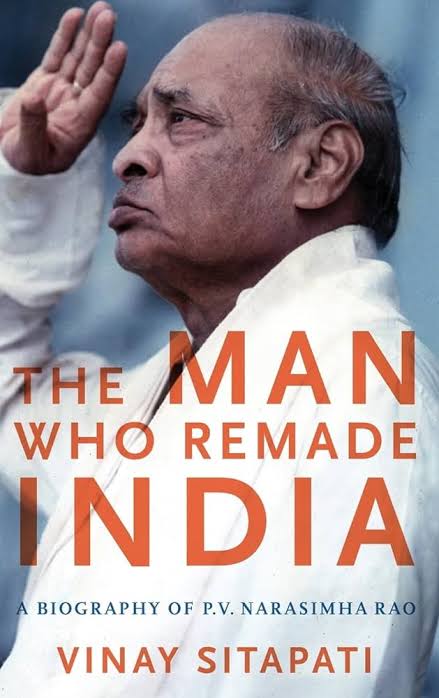
Guiding UPSC aspirants since 22 years...groomed more than 2150 aspirants
Retweets/Follow/Likes are not endorsements
How to get URL link on X (Twitter) App


 🌏💎 ASIA-PACIFIC: THE INDO-PACIFIC STRATEGIC AMPHITHEATER 🏔️🌊
🌏💎 ASIA-PACIFIC: THE INDO-PACIFIC STRATEGIC AMPHITHEATER 🏔️🌊
 1. Digital Agriculture Mission & Farmer Data Integration
1. Digital Agriculture Mission & Farmer Data Integration
 🔥 S-400 TRIUMF AIR DEFENSE SYSTEM #S400Facts #RussianTech #UPSCHotTopic
🔥 S-400 TRIUMF AIR DEFENSE SYSTEM #S400Facts #RussianTech #UPSCHotTopic
 📊 Fundamental Understanding of India-UK FTA
📊 Fundamental Understanding of India-UK FTA
 💡Geography
💡Geography
 The Paradigm Shift in Global Order 🔄🌐
The Paradigm Shift in Global Order 🔄🌐
 Detection of Low-Frequency Gravitational Waves (June 2024)**
Detection of Low-Frequency Gravitational Waves (June 2024)** 
 B. Military Vulnerabilities
B. Military Vulnerabilities
 🕌🏗️ 3. Social Challenges
🕌🏗️ 3. Social Challenges
 2. Challenges to Dollar Hegemony
2. Challenges to Dollar Hegemony

 👉Ethical Issues:
👉Ethical Issues:
 📍B. Lows: Navigating Challenges and the Russia Factor
📍B. Lows: Navigating Challenges and the Russia Factor 
 B. Embracing Gandhian Ideology (1930s):
B. Embracing Gandhian Ideology (1930s):
 🟠International Women's Day 2024: Themes and Initiatives
🟠International Women's Day 2024: Themes and Initiatives
 🟠The Silences of the Indian Constitution: A Summary for UPSC Aspirants
🟠The Silences of the Indian Constitution: A Summary for UPSC Aspirants
 🟠Countries Most Prone to Frequent #Earthquakes:
🟠Countries Most Prone to Frequent #Earthquakes:
 ⌛️ Relevance in the Modern Context:
⌛️ Relevance in the Modern Context: